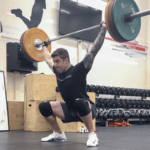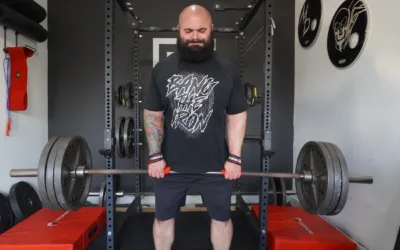The #1 Kettlebell Exercise For Posterior Chain Power
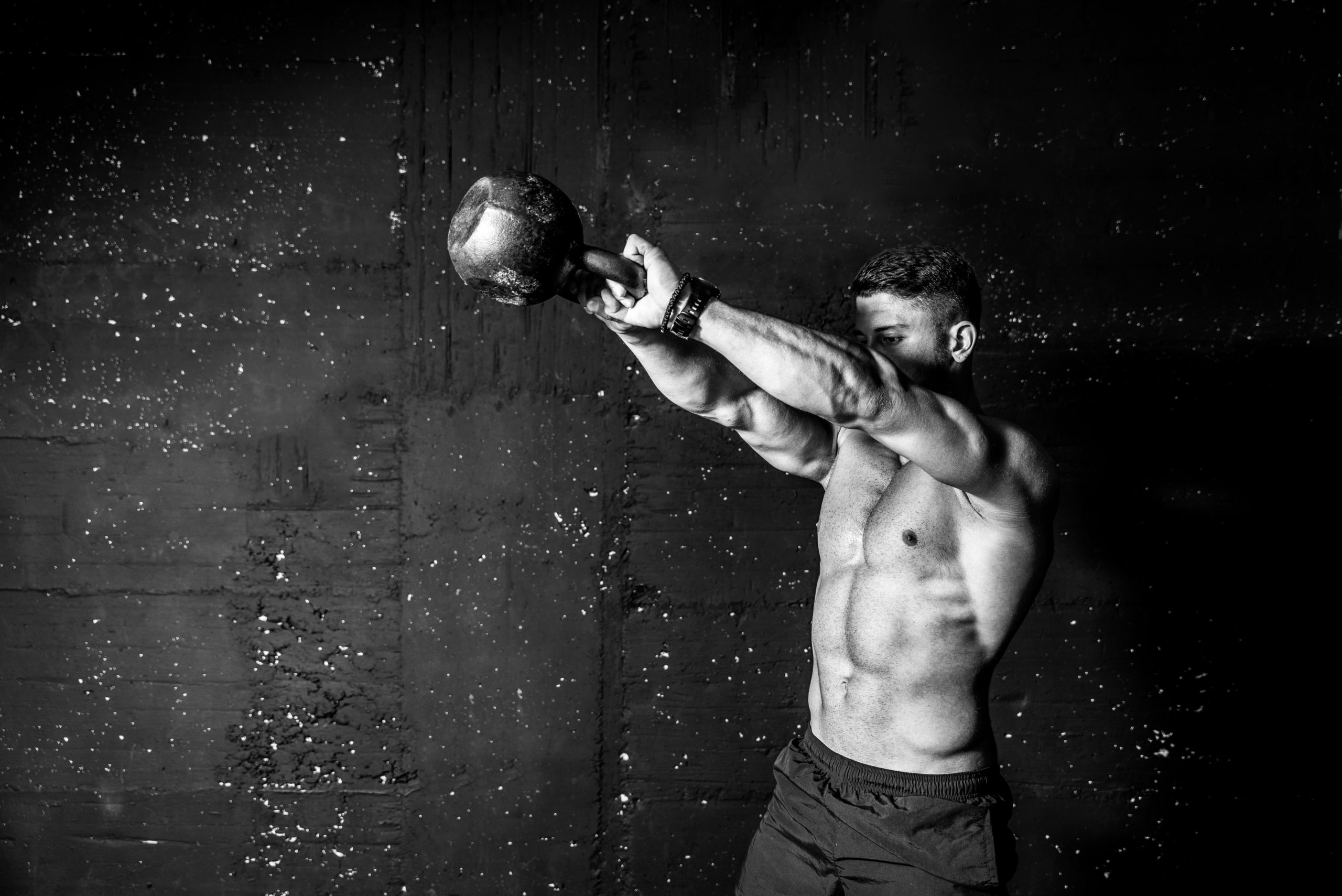
John Fasulo is a strength & performance coach with 10 years of experience and a ton of certifications under his belt. He’s a USMC veteran with a training background in sports performance, speed development, olympic weightlifting, endurance events, and physique competitions. He’s here to tell you all about the kettlebell swing and why you want to keep it on regular rotation in your fitness toolbox.


Why Add Kettlebell Swings to Your Strength Training Program?
Kettlebells are an amazing tool to pack in your strength and conditioning arsenal. There are so many ways kettlebells can be used in a training regimen, but if I had to pick one exercise I think everyone should do, I would hands-down choose the kettlebell swing.
Kettlebell swings are a phenomenal exercise that target the entire posterior chain.
They can be used for power development or as an accessory exercise for conditioning. They also work a myriad of strength qualities simultaneously: grip, dynamic hip hinging, thoracic spine posture, and shoulder packing of the lats. The kettlebell swing can also help correct anterior pelvic tilt issues by patterning pelvic stability with hip extension.
Kettlebell swings largely target the power-producing muscles of the posterior chain. Your glutes, hamstrings, lats, core, and spinal stabilizers are all actively working with this ultimate bang-for-your-buck exercise.
When performed with heavy weight, the pattern of horizontal hip displacement translates perfectly to the skill of explosive acceleration for speed athletes — think Olympic weightlifting, gymnastics, and sprinting. Hip power is essential for so many athletic movements and heavy kettlebell swings will help develop that power output.
On the conditioning end of the spectrum (lighter weight and higher volume), kettlebell swings will work your posterior chain without over-taxing those muscles and taking time away from your running/conditioning work. They’re usually just enough to get your lungs fired up in a conditioning workout.
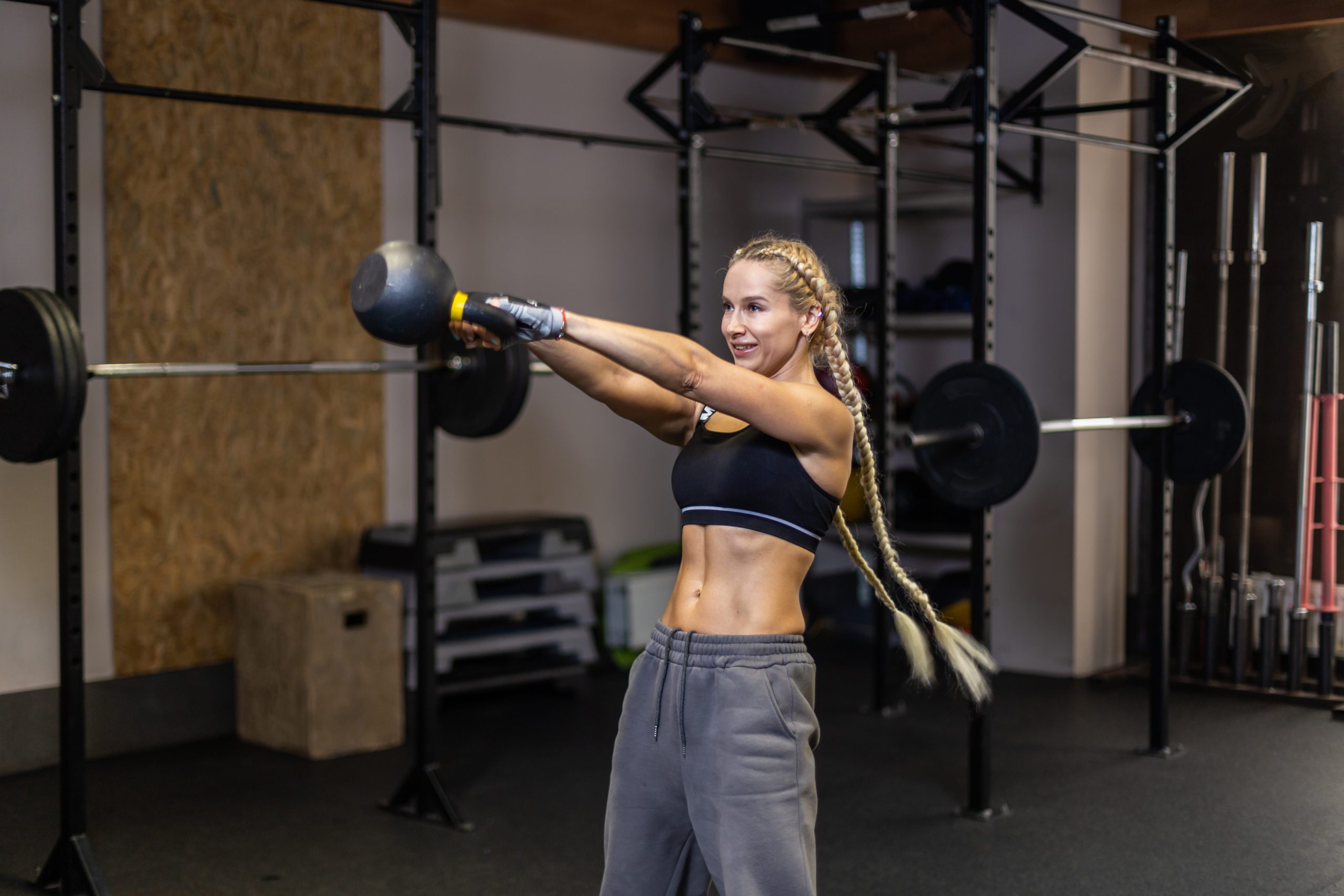

You Work too Hard to Not See Progress
Find Your Perfect Training Plan
Options for Every Goal
Training plans from real coaches covering any goal, fitness level, and number of sessions per week.
The Best Coaches
Get coached by the best. Olympians, ex-NFL stars, Titan Games Winners, Sport Scientists and more.
Starting at $1/ day
With many options including a free 7 day trial, you can try out programming before you commit.
How to Do a Kettlebell Swing
Start with a slightly wider than hip-width stance. Place the kettlebell on the floor in front of you at about an arm’s length away, just outside of your immediate reach. Hinge downward, maintaining a strict neutral spine, and reach for the kettlebell handle with both hands.
Grab the kettlebell handle in an overhand grip and forcefully throw it through your legs, dipping forward like you’re bowing to royalty in front of you. Be sure you’re not arching your back or letting the weight pull you forward — maintain a neutral spine.
At the peak of your backswing, rapidly pull the kettlebell through your hips and launch it away from you so it starts moving upward. Stand up straight along with the kettlebell’s swing in front of you. A “Russian style” swing stops with your arms straight out in front, while an “American swing” ends with the bell directly over your head, biceps by your ears. Most novice athletes start with the Russian swing.
Take the most direct route up with your hips and be sure not to over extend into your low back. Keep your lats tucked tight and pull the kettlebell back into you with each rep
Level Up Your Training
With TrainHeroic’s immersive training app
TrainHeroic does everything you wish your old gym notebook could do.
Take the guesswork out of training with built-in exercise instruction and basic training programs. Compete against yourself and others. Track your performance and readiness. Smash your goals.
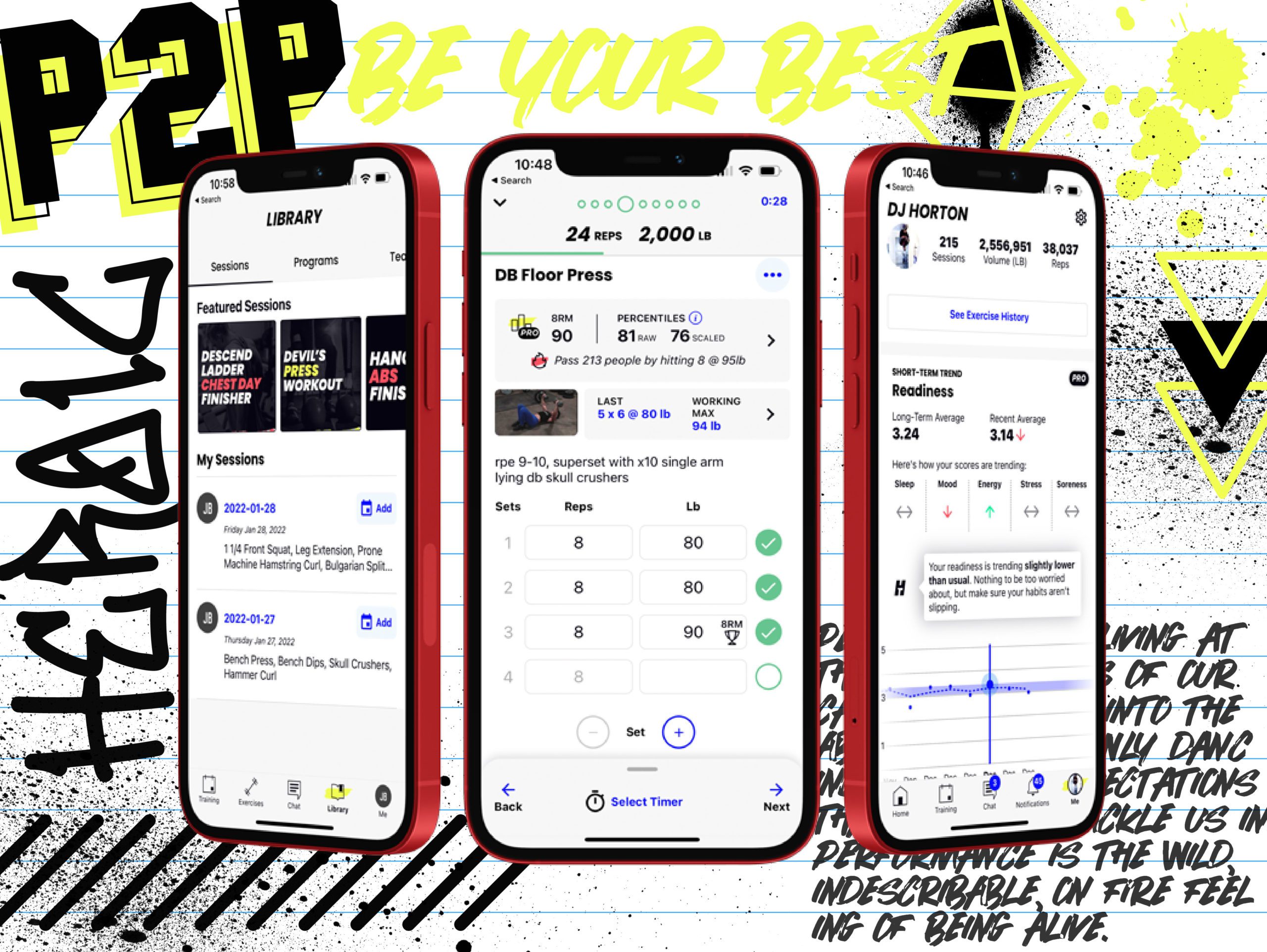

KB Swings With Bands
You can also add bands to emphasize eccentric overload and bump up the tension for the concentric portion of the lift as well.
Want Training Tips, Exercise Guides & Knowledge Bombs Sent to Your Inbox?
Sign up for the FitNerd newsletter from TrainHeroic
Related articles
Branding for Strength Coaches Part 2: Getting Started in the TrainHeroic Marketplace
When it comes to selling your programs as a strength coach, standing out is key. A well-crafted profile on the TrainHeroic marketplace not only helps potential clients find you but also establishes trust and shows off your uniqueness. In Part 1 of this series, we...
Winter Warfare: How to Bulk Up This Season
It’s that time of the year to wreak havoc and prepare for a massive winter bulk! But wait, what is a winter bulk? What does it take, and how do we achieve it? Joseph Lucero (CSCS), owner of Harvesting Strength, is a powerlifter and strongman coach with years of...
8 of the Best Hamstring Exercises for Meaty Legs
Your hamstrings are not just for decoration and making yoga feel impossible. They’re essential for basically any athletic movement involving your legs—jumping, running, lunging, squatting, and picking up weight. [ba_card...


Join the community
Sign up for the latest training news and updates from TrainHeroic


About TrainHeroic
Support
Made with love, sweat, protein isolate and hard work in Denver, CO
© 2021 TrainHeroic, Inc. All rights reserved.
